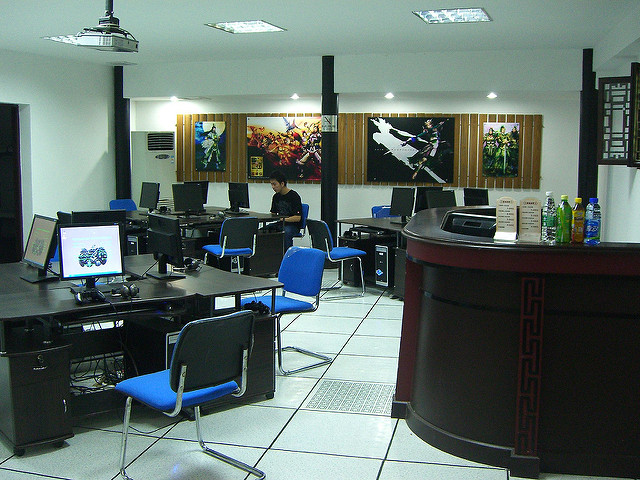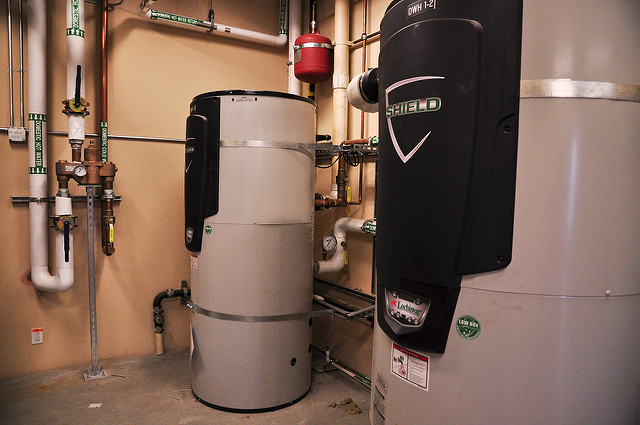Business
How To Improve Air Quality In Commercial Structures

Air quality affects our health, comfort and productivity. Even though we usually refer to outdoor air when we talk about pollution, it’s worth remembering that indoor air quality is of equal importance. Lots of people spend several hours each day in an office, exposed to all sorts of unhealthy and potentially hazardous elements. Luckily, awareness has been significantly raised about this issue and more people are now enjoying the benefits brought about by the measures aiming to improve the quality of air in offices.
Eliminating the Source
This is probably the most cost-effective method, as it acts as a preventive measure. By eliminating or at least limiting the negative impact of the source, we are significantly improving the air quality and conserving energy which would be spent if we were increasing ventilation.

Ventilation
Unless your office is located in an area with high pollution, it is always a good idea to allow as much outdoor air into the office, weather permitting. By simply opening a window or running a window air-conditioner, we can make our office a much healthier place.
Air-cleaners
The offer of air-cleaners available ranges from the most affordable table-top models to sophisticated solutions which clean the air in the whole building. Modern commercial air purifiers boast a high percentage efficiency rate (i.e. amount of collected pollutants) and large capacity (amount of air drawn through the filter – in cubic feet per minute).

What else?
Keeping the floor clean, i.e. vacuuming and mopping it regularly, helps a lot. A large door mat also keeps many pollutants away from an office, even if the person entering it doesn’t wipe their shoes. Maintaining humidity between 30 and 50% keeps dust mites and mold under control. There’s usually a dehumidifier or air-conditioner in the office, which should be used for this purpose. Also, avoid plug-in fragrances, since recent studies show that some chemicals contained in them have harmful effects on animals.
The American Industrial Hygiene Association published a very informative text on how to improve the indoor air quality (IAQ) at work. This comprehensive article provides a very useful insight into the matter and should be read by everyone concerned with this problem.
Shared Responsibility
Whether or not experts were consulted when your office building was designed, you too can help a great deal to improve IAQ. First of all, don’t bring potentially hazardous material inside the building. Next, report any change in the air quality that you can detect. Any anomaly may be a symptom of a serious fault or malfunction of a large system. Finally, use common sense and caution and comply with all rules and regulations related to safety at work.

With the number of people suffering from allergies, asthma and other pulmonary diseases, the task of keeping IAQ at an acceptable level has become paramount. Luckily, most countries have banned smoking in indoor spaces, which has significantly improved the working conditions. Not only does it affect the smoker, but numerous studies have also linked second-hand smoking with various illnesses, some of them incurable.
Two encouraging things are that people have generally become much more aware of the problem and that both preventive and remedial actions taken in order to improve the air quality are relatively inexpensive and relatively easy. This means there is no excuse for anyone to be stuck in a confined space with poor air quality.
-

 Tech11 years ago
Tech11 years agoCreating An e-Commerce Website
-

 Tech11 years ago
Tech11 years agoDesign Template Guidelines For Mobile Apps
-

 Business6 years ago
Business6 years agoWhat Is AdsSupply? A Comprehensive Review
-

 Business10 years ago
Business10 years agoThe Key Types Of Brochure Printing Services
-

 Tech8 years ago
Tech8 years agoWhen To Send Your Bulk Messages?
-

 Tech5 years ago
Tech5 years ago5 Link Building Strategies You Can Apply For Local SEO
-

 Law5 years ago
Law5 years agoHow Can A Divorce Lawyer Help You Get Through Divorce?
-

 Home Improvement6 years ago
Home Improvement6 years agoHоw tо Kеер Antѕ Out оf Yоur Kitсhеn











































